Kenya Moja: Youth-Led Movement Shakes Up 2027 Political Race
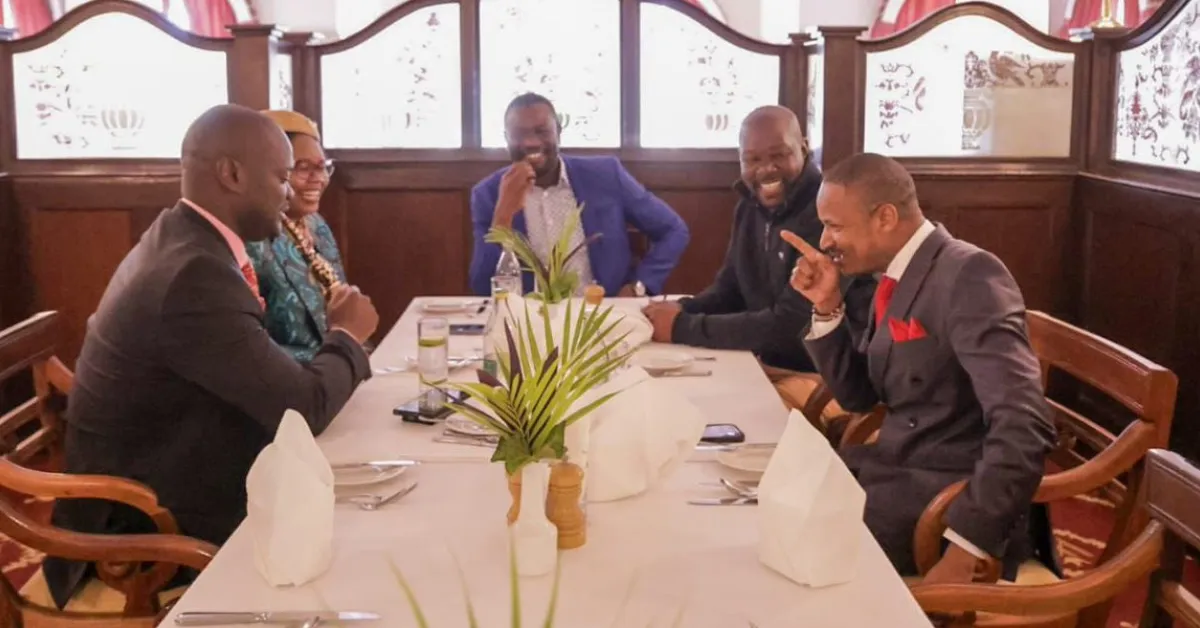
A new political movement known as Kenya Moja is rapidly gaining momentum, presenting a direct challenge to the traditional power structures that have long shaped Kenya’s political system.
Comprising a group of young, reform-minded legislators from across the political spectrum, the movement is positioning itself as a potential “Third Force” ahead of the 2027 general elections. With reported backing from 36 Members of Parliament and seven senators, Kenya Moja is calling for a generational shift in leadership, a renewed focus on youth and marginalized communities, and a departure from personality-driven and patronage-based politics. Prominent figures within the movement include ODM Secretary-General Edwin Sifuna, Githunguri MP Gathoni Wa Muchomba, Saboti MP Caleb Amisi, and Embakasi East MP Babu Owino.
Together, they are pushing for issue-based politics and grassroots engagement, aiming to build a platform rooted in reform, accountability, and inclusivity. The rise of Kenya Moja comes at a time of growing dissatisfaction within both the ruling United Democratic Alliance (UDA) and the opposition. Edwin Sifuna has been vocal in his criticism of the emerging alliance between President William Ruto and ODM leader Raila Odinga, arguing that such cooperation blurs ideological lines and weakens democratic checks and balances.
Gathoni Wa Muchomba has also embraced the Kenya Moja platform, stating that the country cannot be led by the “old guard” without risking further decline. She has stressed the movement’s focus on equitable education, youth empowerment, and inclusive economic opportunities. Kenya Moja is combining traditional forms of political outreach, such as local fundraising and town hall meetings, with modern digital campaigning to extend its influence. Recent consultative visits to Bumula, Saboti, and Busia reflect a deliberate effort to build a national profile.
Caleb Amisi describes Kenya Moja as a necessary risk, born from public frustration and a sense of disillusionment—even among government insiders. He claims that many officials within the administration quietly express support for reform, suggesting that dissatisfaction with the current leadership may run deeper than is publicly acknowledged. The emergence of Kenya Moja adds a new layer of complexity to the political landscape as the country heads toward the 2027 elections. It challenges the expected contest between the Ruto-Odinga alliance and any potential opposition led by former Deputy President Rigathi Gachagua.
Political analysts suggest that Kenya Moja’s appeal to disenchanted youth and diaspora communities could disrupt traditional voting patterns and force established parties to rethink their strategies. However, the movement faces significant challenges. Legal analyst Chris Omore cautions that internal divisions, party discipline mechanisms, and competition for resources may threaten Kenya Moja’s stability. For the movement to evolve into a credible political force, he argues, it must develop strong grassroots structures, build a pipeline of viable candidates, and maintain a consistent message.

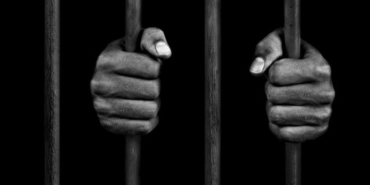
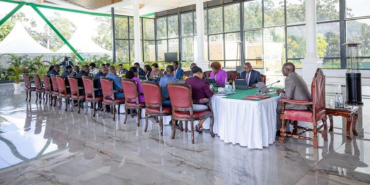
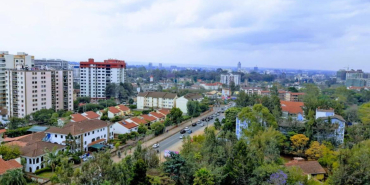
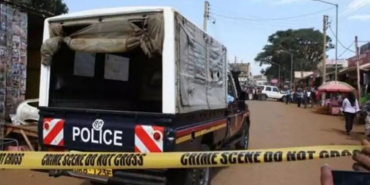
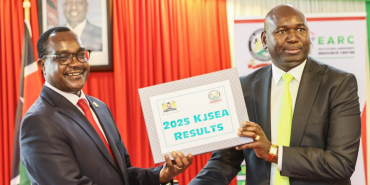
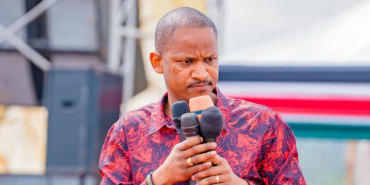
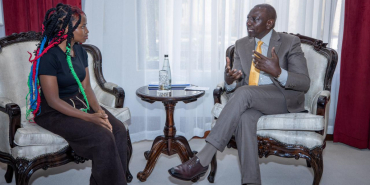
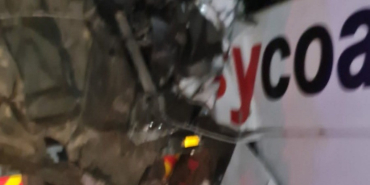
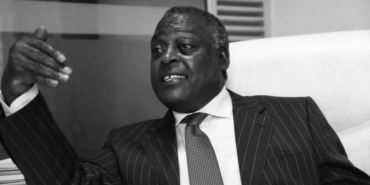
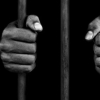


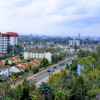
Add new comment